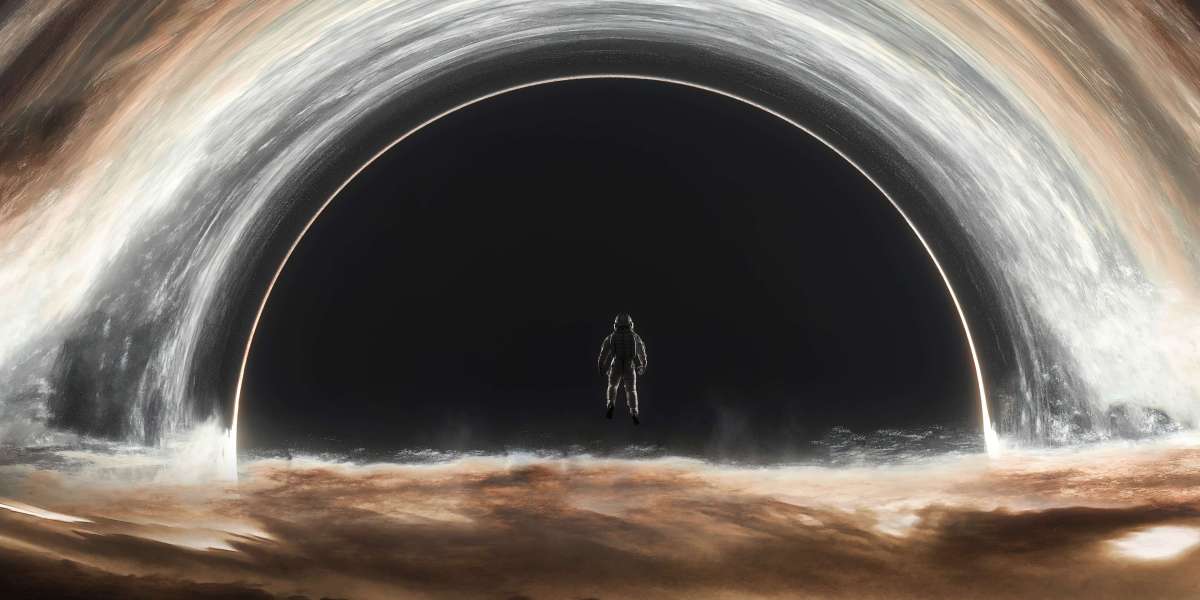In the rapidly evolving landscape of manufacturing, visual inspection AI has emerged as a game-changer. This innovative technology leverages artificial intelligence to enhance quality control processes, ensuring that products meet the highest standards. But how exactly is this technology reshaping the industry?

Understanding Visual Inspection AI
Visual inspection AI refers to the use of machine learning algorithms and computer vision to automate the inspection of products during the manufacturing process. By analyzing images captured by cameras, these systems can detect defects, measure dimensions, and assess overall quality with remarkable precision. This not only reduces the likelihood of human error but also increases the speed of inspections.
Benefits of Implementing Visual Inspection AI
- Increased Accuracy: AI systems can identify defects that may be missed by the human eye, leading to higher quality products.
- Cost Efficiency: By automating inspections, companies can reduce labor costs and minimize waste.
- Real-time Monitoring: Visual inspection AI allows for continuous monitoring of production lines, enabling immediate corrective actions.
- Scalability: As production demands increase, AI systems can easily adapt to higher volumes without compromising quality.
How Visual Inspection AI Works
The functionality of visual inspection AI is rooted in advanced technologies such as deep learning and neural networks. These systems are trained on vast datasets of images, learning to recognize patterns and anomalies. When a product is scanned, the AI compares it against its learned models to determine if it meets quality standards.
For instance, if a manufacturer produces electronic components, the AI can detect minute defects in solder joints or component placement that could lead to product failure. This level of detail is crucial in industries where precision is paramount.
Challenges and Considerations
While the advantages of visual inspection AI are clear, there are challenges to consider. The initial setup costs can be significant, and integrating AI systems with existing manufacturing processes requires careful planning. Additionally, ongoing maintenance and updates are essential to ensure the system remains effective as production evolves.
Future of Visual Inspection AI in Manufacturing
The future of visual inspection AI looks promising. As technology advances, we can expect even greater accuracy and efficiency. Manufacturers who adopt these systems will likely gain a competitive edge, as they can deliver higher quality products faster and at a lower cost.
For those interested in exploring this technology further, consider visiting  to learn more about AI automatic camera inspection machines that can enhance your production line.
to learn more about AI automatic camera inspection machines that can enhance your production line.
In conclusion, visual inspection AI is not just a trend; it is a transformative force in manufacturing quality control. By embracing this technology, companies can ensure they meet the ever-increasing demands for quality and efficiency in today's competitive market.







